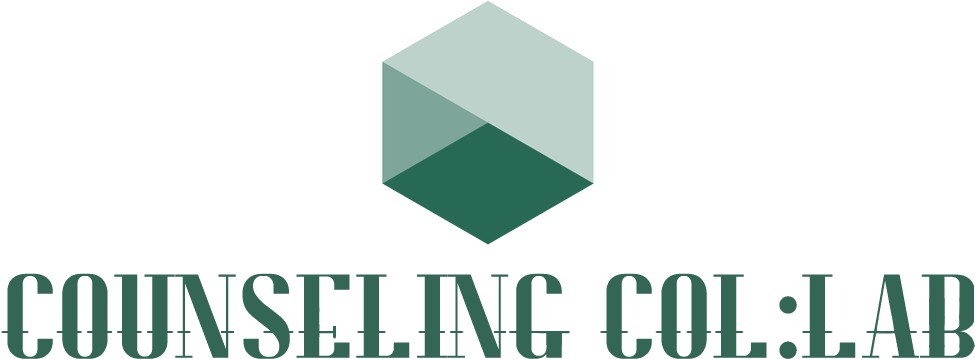Human Trafficking in Our Community: Signs and Truths You Should Know
Human trafficking is more common than you might think. Although many cases go unreported, the FBI found that a staggering 1,100 cases were reported across California in the year 2019. In order to help victims and survivors in our community, we must first educate ourselves on what human trafficking is and the signs that someone may be trapped in the cycle of abuse.
What Exactly is Human Trafficking?
There are two forms of human trafficking: Labor and Sex Trafficking. The Trafficking Victims Protection Act has the following definitions of human trafficking:
Sex Trafficking is a commercial sex act induced by force, fraud, or coercion, or in which the person performing the act is under the age of 18 years old.
Sex trafficking of juveniles is separately defined as “causing, inducing, persuading, or attempting to cause, induce, or persuade a minor in a commercial sex act.”
Victims of sex trafficking are often found working in places such as massage parlors, brothels, strip clubs, and escort services.
Labor Trafficking is defined as using force, fraud, or coercion to recruit, harbor, transport, obtain or employ a person for labor or services in involuntary servitude, peonage, debt bondage, or slavery.
Victims of labor trafficking can often be found in domestic situations such as sweatshop factories, working as nannies or maids, janitorial jobs, construction sites, farm work, restaurants, panhandling, etc.
The primary component of Human Trafficking is the use of force, fraud, or coercion (except in cases of commercial sex acts of minors). Force often includes things such as beating, burning, branding, physical and sexual abuse tactics, and physical confinement. Fraud includes tactics such as false promises, deceitful and enticing behaviors, withholding wages, and blackmail. Coercion includes threats of serious harm, emotional abuse, intimidation, humiliation, or a climate of fear. Understanding how victims are trafficked can best be understood using the AMP Model:
Action: Induce, recruit, harbor, transport, or provide or obtain
Means: Force fraud or coercion
Purpose: Commercial Sex (Sex Trafficking) or Labor/Services (Labor Trafficking)
The “action” is the thing the trafficker does to a trafficking victim, using the “means” or the method the trafficker compels a person into the “purpose” or the type of exploitation.
Human Trafficking can happen to anyone, but some people are more vulnerable than others. Significant risk factors include recent migration or relocation, substance use, mental health concerns, involvement with the child welfare system, and runaway or homeless youth. Oftentimes, traffickers identify and leverage their victims’ vulnerabilities in order to create dependency.
Signs a Person May Be a Victim
They have signs of trauma, fatigue, injury, or other signs of poor care, such as malnourishment, evidence of self-harm, or other signs of physical abuse or torture.
They are withdrawn, afraid to talk, or their communication is censored by another person. They may have an inability or fear to make eye contact, they may demonstrate scripted communication or show inconsistencies in their stories.
The person does not have freedom of movement.
The person lives and works in one place.
The person owes a debt to their employer.
Security measures are used to control who has contact with the person.
The person does not have control over their own government-issued identification or over their worker immigration documents.
Myths & Facts
Myth #1: All prostitutes are willing participants.
Truth: While this may in fact the case for some, it oftentimes is not the case for victims of human trafficking, who are forced or coerced into the sex trade by traffickers.
Myth #2: All immigrants smuggled into the United States enter willingly.
Truth: There are significant differences between victims of human trafficking and migrants who are smuggled into the U.S. You may be in a situation where the individual is arrested for illegal immigration charges because they cannot produce the proper documentation. Don’t make the assumption that this person was willingly smuggled into the U.S. illegally and is, therefore, a criminal. It’s important to look beneath the surface of that person because:
Victims of human trafficking are coerced or fraudulently induced into trafficking while smuggling cases include those who freely and knowingly consent
Victims of human trafficking are continuously exploited for labor or commercial sex, while the act of smuggling ends when the migrants arrive at the intended destination.
Movement from place to place is not a requisite to the crime of trafficking. For example, victims can be trafficked even if they are not transported from country to country. In contrast, human smuggling involves illegal transportation.
Myth #3: Victims will be desperate to escape their trafficker and ask for help when they need it.
Truth: Individuals who experience trafficking may not readily seek help due to a number of factors, including shame, self-blame, fear, or even specific instructions from their traffickers regarding how to behave when interacting with others. They do not always self-identify and may not realize that they have rights.
For more information on Human Trafficking, check out these resources:
Polaris Project: https://polarisproject.org
Sacramento Together: http://www.sacramentotogether.org/index.html
Resources for Those in Need
WEAVE (When Everyone Acts Violence Ends) - Support line, Chat and Message Boards, Counseling, Safe Shelter and Housing, Legal Assistance, Advocacy, Financial Empowerment, and Prevention and Education
My Sister’s House - Shelter, Women’s Support Group, Multilingual Crisis Line, Women at Work Program, and Intervention Services
International Rescue Committee in Sacramento (IRC) - Assistance for refugees, asylees, victims of human trafficking, survivors of torture, and other immigrants to thrive in America
Opening Doors - Supporting immigrants, refugees, and human trafficking survivors as they look for stable housing, financial security, overall wellness, and community connections
A Community for Peace - Counseling for survivors of domestic violence and sexual assault
Crisis Hotlines
Sacramento County 24-hour Mental Health Crisis Line: (888) 881-4881 or (916) 875-1055
Rape, Abuse and Incest National Network (RAINN): 1-800-656-4673
National Suicide Prevention Hotline: 1-800-273-8255
National Human Trafficking Hotline 1-888-373-7888 or text BEFREE to 233733 https://humantraffickinghotline.org
Resources for human trafficking Survivors in our Community: http://www.sacramentotogether.org/resources.html

